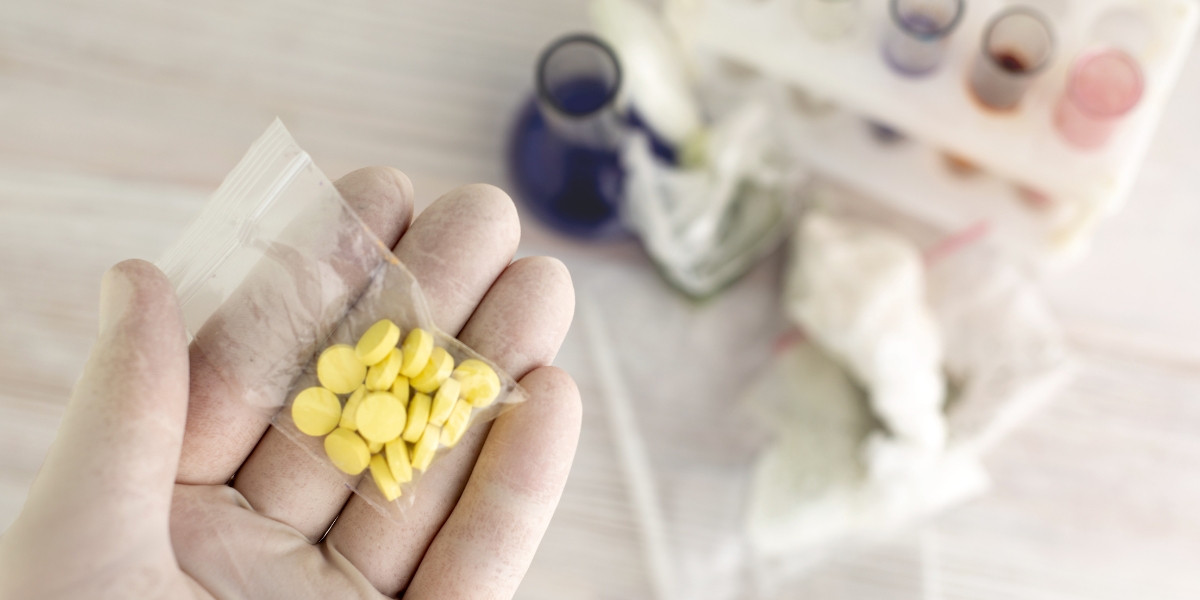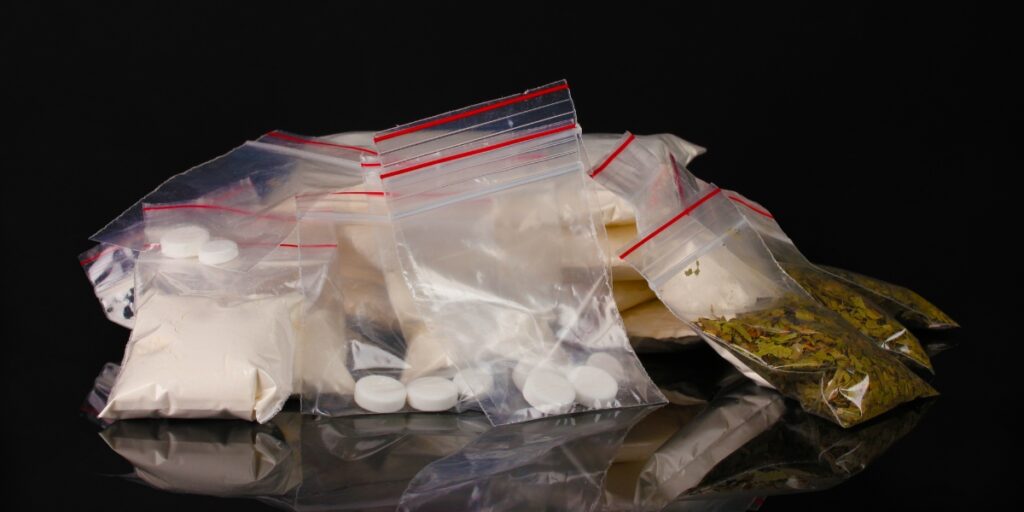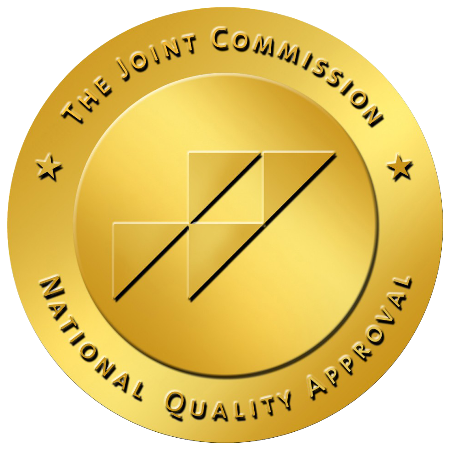New Psychoactive Substances (NPS)

Drug users are always looking for a decent high and ways to avoid legal trouble, something new psychoactive substances (NPS) seem to offer. While public health initiatives have increased awareness around traditional drugs like cannabis, cocaine, and opioids, people mistakenly turn to NPS, believing they are safer.
While research is still uncovering all of the risks NPS users face, they are also trying to figure out how to get ahead of the constantly changing list of ingredients used to manufacture them.
Regarding new psychoactive substances, 2022 saw a steady increase in new products and chronic users. Understanding what new psychoactive substances are and their potential risks are vital to avoiding them or getting help if you already have a substance abuse problem.
What Are New Psychoactive Substances?
New psychoactive substances (NPS), sometimes called novel psychoactive substances or legal highs, are synthetic drugs designed to mimic the effects of prescription or illicit drugs. Unlike traditional drugs such as weed or coke, NPS does not appear on standard drug testing kits.
NPS became more common on the recreational drug scene in the early to mid-2000s, often sold as something else and labeled not for human consumption to avoid detection from law enforcement. Unlike the previously mentioned classic drugs with distinct, traceable chemical features, there are chemical variations in novel psychoactive substances from batch to batch.
The European Early Warning System monitors and researches chemicals used to make NPS and their spread. In 2016, the United Kingdom passed the Psychoactive Substance Act, making it illegal to produce or supply any substance with the intent of causing psychoactive effects, but it does not prosecute personal possession. Other governments have begun to classify NPS by the impact they produce rather than their specific chemical makeup. There are four general categories of new psychoactive substances.
New Psychoactive Substances Categories
Keeping up with the constantly changing chemicals used in manufacturing new psychoactive substances is difficult, leading many public health agencies and drug control agencies to categorize the final products by the highs they give and other drugs they mimic. Currently, there are four distinct new psychoactive substance categories:
- Synthetic cannabinoids. These don’t contain natural cannabis but mimic THC’s sedative and full-body effect. Frequently sold and labeled as synthetic marijuana, fake weed, spice, K2, Kush, and other names. NPS users typically smoke or vape synthetic cannabinoids.
- Synthetic cathinones or stimulants. These have stimulant and psychoactive effects. The most famous synthetic cathinones are bath salts and flakka, frequently sold under names like M-cat, Cloud, or Ivory wave. NPS users will swallow, snort, smoke, or inject synthetic cathinones.
- Hallucinogenic. These drugs change perceptions of time, space, and reality and mimic ketamine or LSD, though some agencies now consider LSD and ketamine NPS. Sold under names like acid, rocket fuel, magic mint, and N-bombs, NPS hallucinogens can cause visual, auditory, smell, or tactual hallucinations. NPS users orally dissolve, swallow, snort, or inject synthetic hallucinogens.
- Dissociatives or depressants. These have sedative effects that mimic opioids and benzodiazepines but often cause hallucinations and out-of-body experiences, near death and ego-death experiences can also occur. Some agencies consider GHB and xylazine to be NPS. Other slang and names used for synthetic dissociatives include Soap, Vitamin K, Vitamin G, Special K, and novel opioids. NPS users smoke, snort, swallow, or inject synthetic dissociatives.

New Psychoactive Substances vs. Designer Drugs
The difference between new psychoactive substances and designer drugs is so minimal that even researchers use the terms interchangeably. The most notable difference in new psychoactive substances from designer drugs is the length of time on the drug market and base ingredients.
The list of designer drugs includes well-known drugs like MDMA, LSD, kratom, and even crystal meth, which have been tweaked and altered to isolate or heighten specific effects and avoid legal detection. NPS are almost exclusively new chemicals and contain no trace amounts of the drugs they mimic.
Other terms frequently used to discuss new psychoactive substances include:
- Novel psychoactive substances
- Research chemicals
- Synthetic drugs
- Legal highs
- Drug analogs
Each new psychoactive substances category has unique slang terms that evolve as their marketing and effects do.
Effects of NPS
The effects of NPS will vary depending on what category it falls into and the intended results. As the psychoactive part of new psychoactive substances indicates, NPS are taken primarily for the psychological effects and high; however, human physiology makes it nearly impossible to experience mind-altering effects without physical byproducts. Furthermore, NPS users can take the same drug and have different trips based on their physical and mental makeup and any other substances they are taking simultaneously.
Common effects of NPS include:
- Nausea
- Vomiting
- Confusion
- Disorientation
- Aggression
- Anxiety
- Sudden changes in body temperature, breathing, heart rate, and blood pressure
- Lapses in judgment
- Hallucinations
- Increased sex drive
- Memory loss
- Lack of coordination and reflexes
- Difficulty focusing
- Drowsiness
- Heightened sensitivity to stimuli
- Addiction
The psychological effects typically wear off with the drug; however, repeated uses put NPS users at risk of permanent damage and health risks.
Health Risks
The health risks of new psychoactive substances have three factors— the immediate effects of the drugs, the dangers posed by choices made under the influence, and the as-yet-unknown long-term effects and health problems from NPS.
Health risks of NPS include:
- Overheating or hyperthermia
- Dehydration
- Dizziness
- Injuries from loss of balance and coordination
- Risky sexual behavior
- Psychotic breaks
- Self-harm
- Violent or suicidal thoughts
- Accidental overdose
- Seizures
- Stoke
- Heart attack
- Respiratory arrest
- Coma
- Death
Immediately call 911 if you believe a health crisis is happening, including someone becoming a danger to others and themselves.

Addiction Treatment
If you or a loved one are struggling with substance abuse and addiction, Northridge Addiction Treatment Center can offer you an authentic opportunity to reclaim your life.
At NATC, we pride ourselves on treating the whole person, including the underlying factors that led to addiction, not just the symptoms. Our highly compassionate, licensed, and professional staff supports every resident through every step of their recovery journey— from when you walk in our doors to a personalized after-care plan and personal follow-up.
We aim to provide superior care catered to your unique needs to overcome addiction and give you the skills and tools to achieve life-long recovery.
Addiction doesn’t have to be a never-ending cycle. If you are ready to take the first steps toward a new life, reach out to one of our treatment specialists today.
Find Meaningful Recovery
Our caring and compassionate specialists are eager to help you comfortably navigate this journey to recovery. Our individualized treatment plan, programs, and therapies may be a perfect match for you or your loved one. Let us assist you in living the happy life you deserve. It starts with a phone call.




